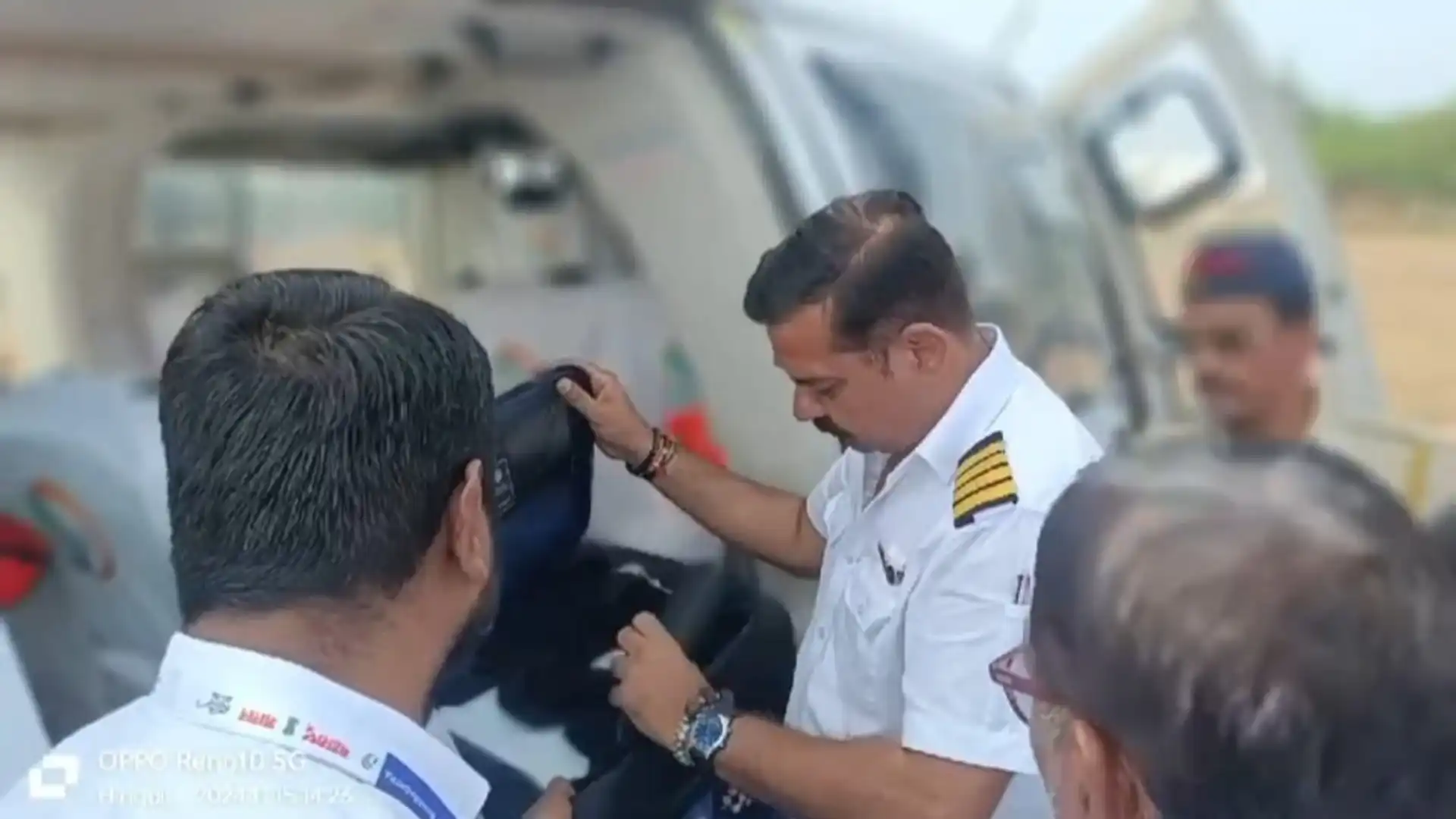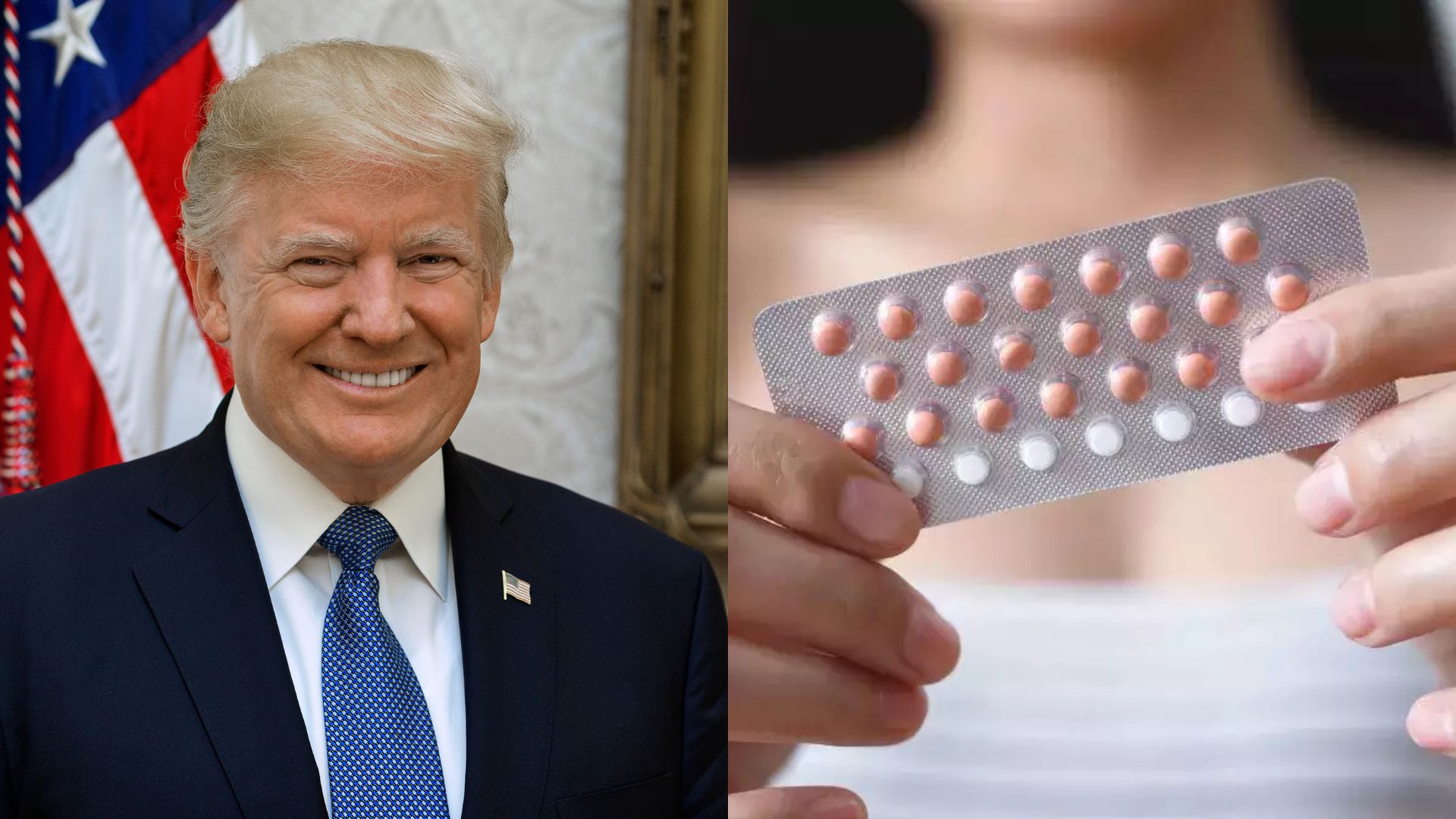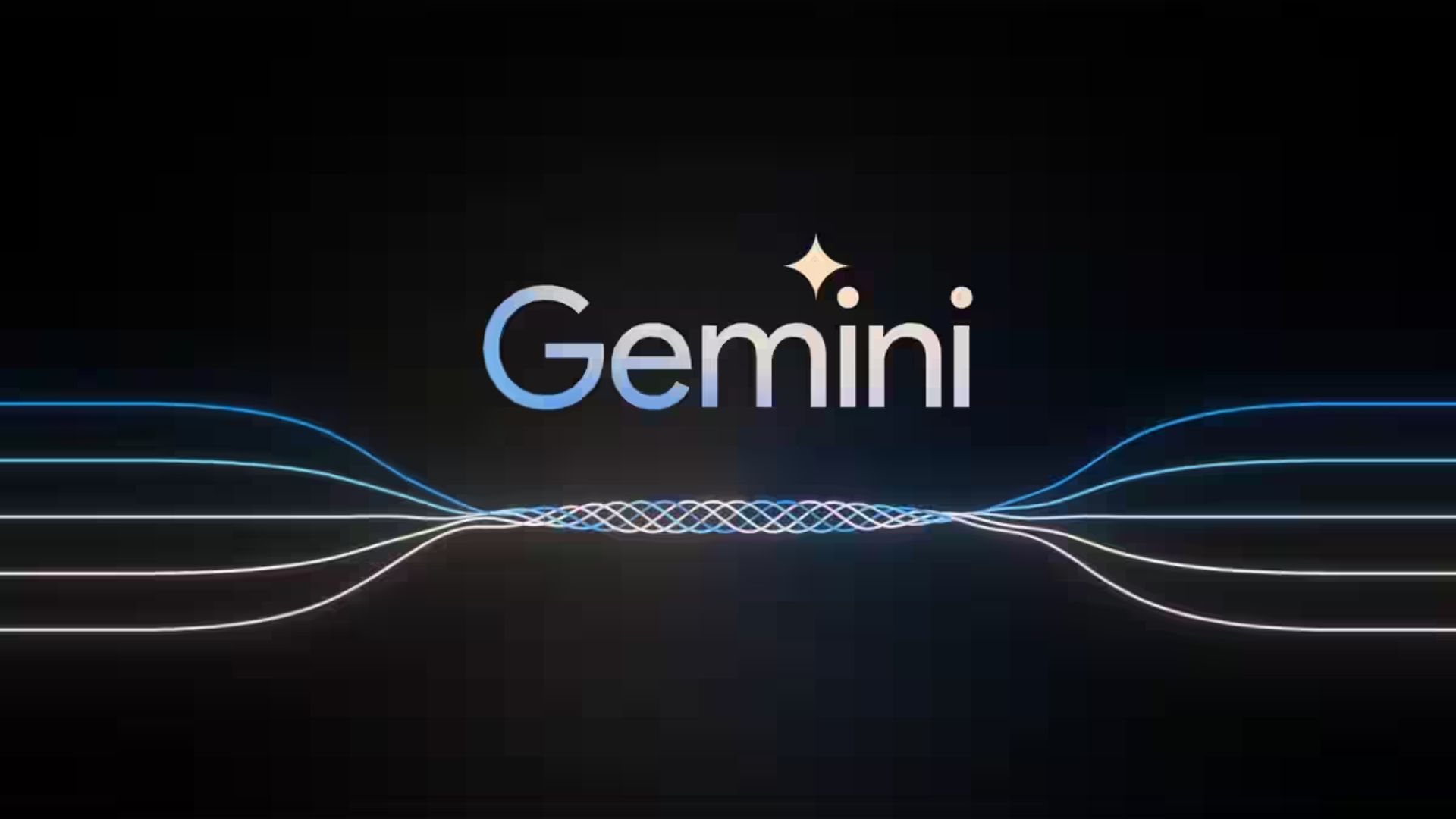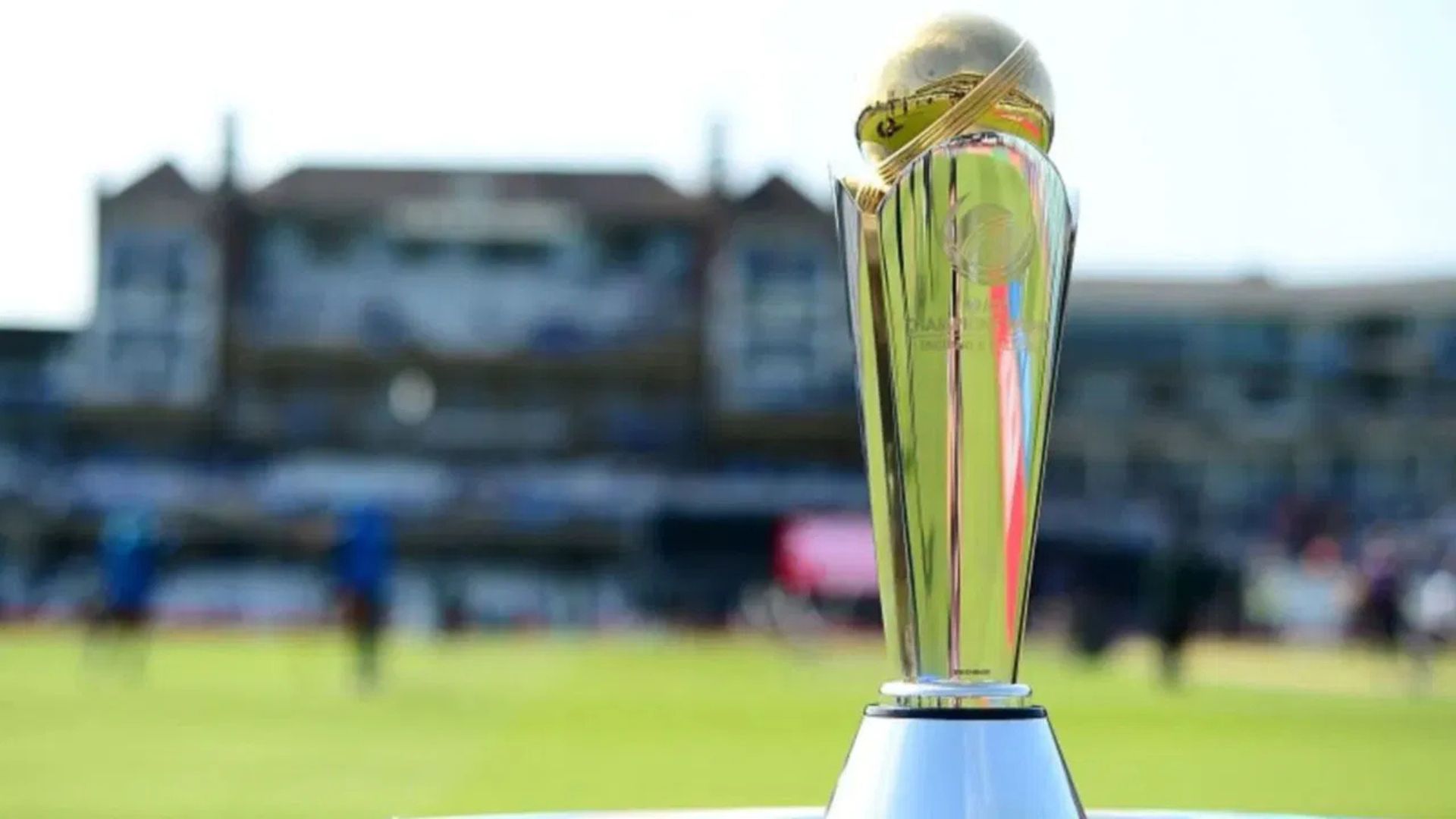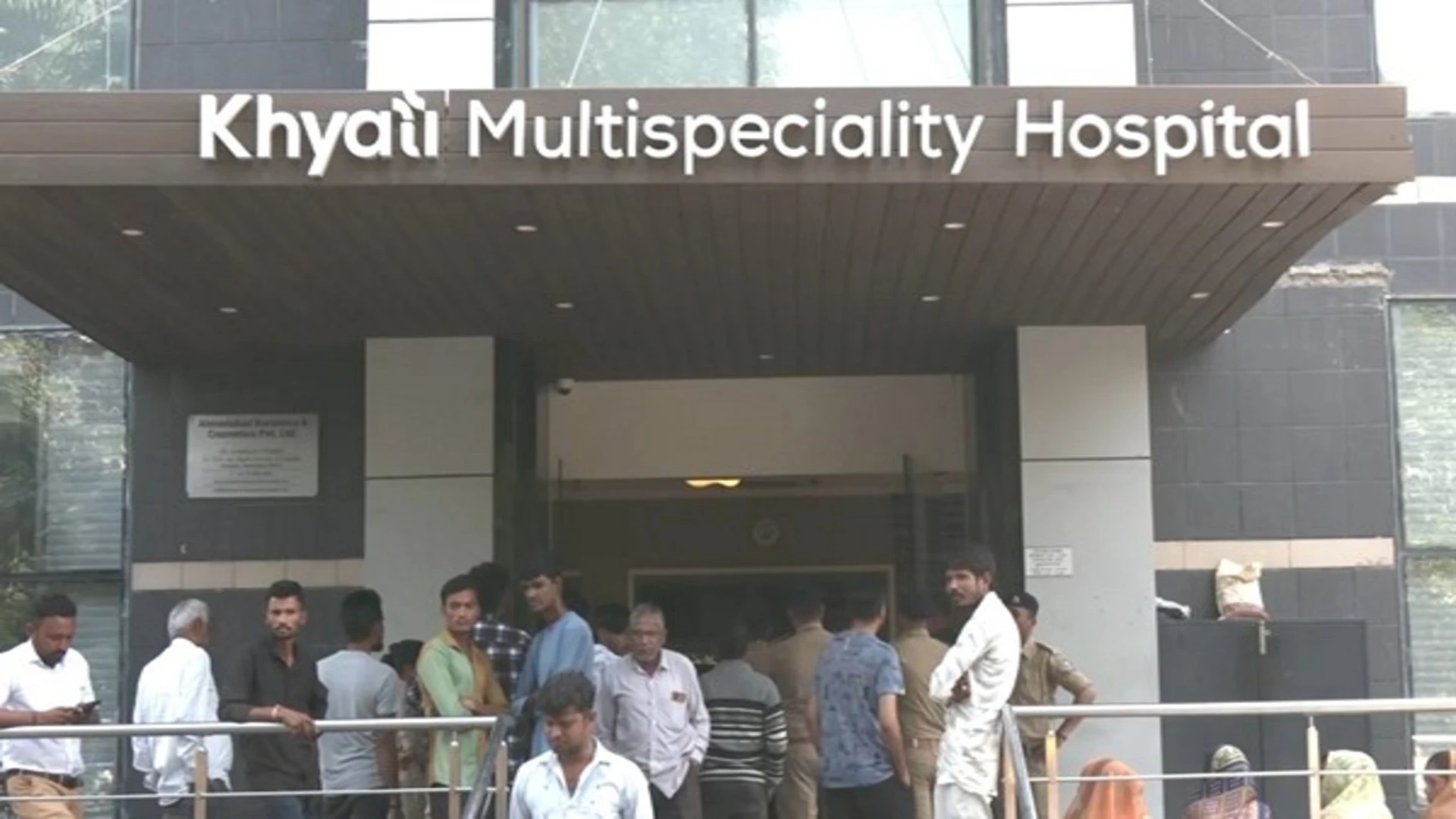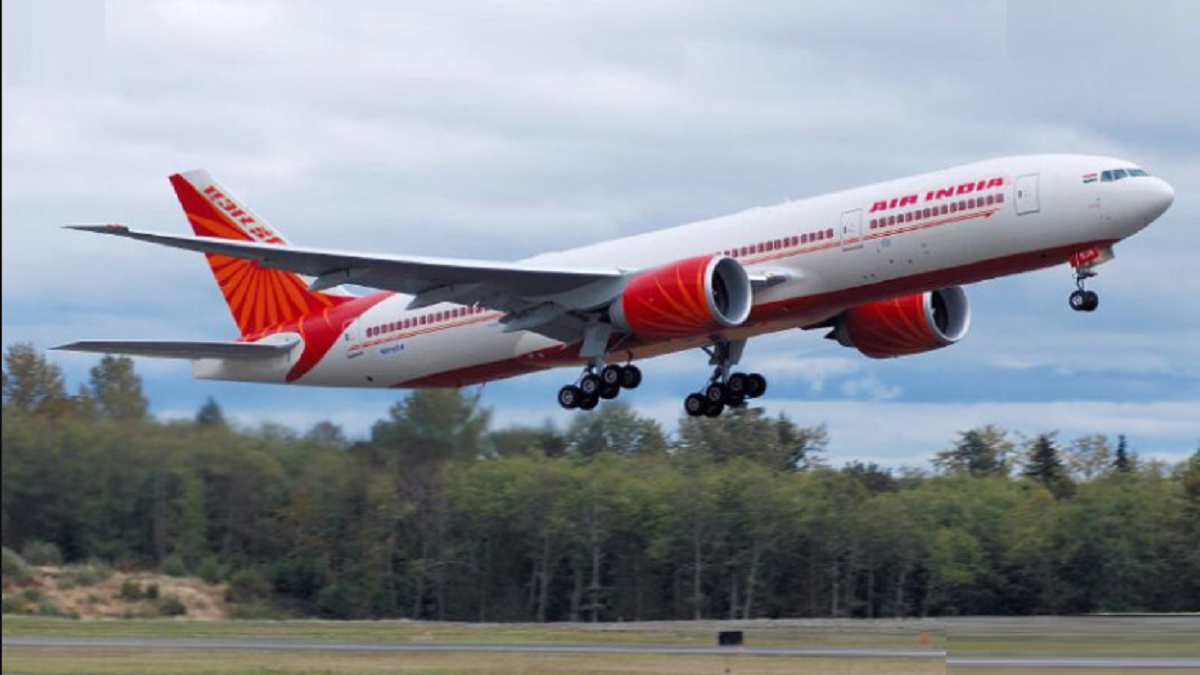
With respect to having DGCA and Competition Commission of India as the adjudicating body, the question arises: Do we have a specific sector regulator for aviation or the general rules are applied by the competition commission? Observing the transit of the aviation sector through the Express Industry Case it is clearly observed that the investigation into cartel-like behaviour created in the oligopolistic market is a tricky one.
‘Competition law treats agreements among rival firms to set the terms on which they trade as extremely serious offenses. Most of the world’s approximately 120 systems of competition law assign the prosecution of cartels a high priority.
In the wake of LPG policy triggered in India in 1991, a perception gathered momentum that the existing law for Market Regulation i.e. the Monopolistic and Restrictive Trade Practices 1969(MRTP Act) was not sufficiently arrayed to handle the competition in the Indian Market. With removal of trade barriers in 1991 the Indian Market became the hot gate for trade amongst the domestic players as well global giants which demanded a level playing field and a trade friendly environment. Need arose for a legal backing which would stimulate and shift the traditional practices of curbing monopoly to encourage companies to invest and grow, in-turn enhancing competition without abuse of dominant position.
Competition and liberalization together unleash the entrepreneurial forces and the same was experienced back in the late 19’s. Basically competition is a situation in the market where the seller strives for a buyer for business objectives. These competition needs to be regulated as somehow some businesses may opt for anticompetitive practices for short term perks which actually nullifies and makes the competition void. The countries across the globe over the time focussed on regulating the market forces by providing absolute legal backing to relinquish the anti- competitiveness in the market and also reinforcing economies through setting up of regulatory bodies. Following the international trends Competition Act, 2002 was enacted in India to regulate the competition and reduce the formation of cartels thereby encouraging better business practices and better consumer base.
Acc. to section to section 3 of the Act, no enterprise or association of enterprise or person can enter into any agreement which causes or likely to cause “appreciable adverse effect” on competition, otherwise the agreement would be void. It may include:
1. Directly or indirectly determining purchase or sale price,
2. Limiting or controlling production, supply, technical development, investment or provision of service,
3. Directly or indirectly results in bid rigging or collusive bidding shall be presumed to have an appreciable adverse effect on the competition. Provided that any agreement entered into through joint venture increasing efficiency in production, supply, distribution, storage etc. would not be void.
Acc. to section 4 of the Act, the enterprise would be apprehended to have abuse the position in cases:
1. He directly or indirectly imposes unfair condition in purchase or sale of goods,
2. Regulates purchase price,
3. Limits or restricts production of goods or provision of service,
4. Regulating technical or scientific development, 5.
Indulging in practices resulting in denial of market access etc. Being an omnibus code and regulating the market competition poses a great question towards the applicability of the Competition Act, 2002 to the Civil Aviation sector. The civil aviation sector has been considered to play in an oligopolistic market which entails a small group of players ruling the sector and somewhat indulging in the anti-competitive practices being in a dominant position.
Applicability of Competitive Rules
Increased deregulation and open market access to the players outside the territory of the country has led to adoption of advanced technology which has ultimately led to transformation in all sectors including the aviation sector. The sector has undergone radical changes in aeronautical science which has led to increased competition ultimately benefiting the consumers with competitive prices, more choices and being more choosy in opting for services. Despite this the airline industry operates in an oligopolistic market having more barriers for the entry thereby having reasonably less players which suspects apprehension of anti -competitive practices. Tacit domination of some players is highly apprehended.
In the recent past there has been no new policy or rules enacted regulating the aviation sector but to the extent back in 1994 and then in 2016 the govt. opted for open skies policy under National Civil Aviation Policy (2016) which enables liberalization and ease of rules in the aviation sector for the foreign airlines in order to increase the tourist flow and develop the potential of being an air hub. The 2016 agreement allows the govt. to enter into reciprocal arrangement with (SAARC). Since then the country observed the Air India and Indian Airline Merger and many other agreements were ratified. Rule 135(4) of the Aircraft Rules, 1937 empowered the DGCA (Directorate General of Civil Aviation) to issue order incase the companies engages is an anti-competitive practice or predatory pricing so on and so forth, despite the law coming into force and previous rule in place the civil aviation sector has been completely bolstered by the act and to the extent the sector has not experienced any control by the (Competition Commission of India) or the (DGCA) in foreign merger such as Delta and North West, KLM and Air Force despite laws in place.
Judicial Stand
The Competition Commission of India in 2013 approved 24% equity infusion by the UAE based airline in the Jet Airways with the prior approval of SEBI, FIPB (Foreign Investment Promotion Board), CCEA (Cabinet Committee of Economic Affairs). The Commission for the first time without going into the investigation approved the same by analysing that such combination does not have Appreciable Adverse effect on the Competition as per Sec 5 of the Act as there are several other competitors in the relevant market. The combination had almost 38 routes to serve and where they had approximately 1 competitor on the route. Despite this, the combination would make the network more strong & high market shares of both the companies in their respective hubs is an advantage. The minority ruling gave 2-3 points against the combination such as:
1. The Frequent Flyer Participation Policy would try to retain the consumer which creates barriers on new entrants thereby eliminating competition as the new entrant would be unable to create a customer base.
2. The minority also mentioned that both the airlines are the only remaining competitors on New Delhi- Abu Dhabi route which would itself be eliminated pursuant to combination.
3. One of several it mentioned that the airlines is not a substitutable product as precluded by the majority of judges. The airlines and also the consumer itself does not consider the services as substitutable and the connotation is based on wrong principle.
4. The minority panel also mentioned that making Abu Dhabi as an exclusive hub for scheduled services to and from South Africa, North America would disable the Jet to share the code for certain origin and destination which would lead to market foreclosure and abuse of dominant position.
In Turbo Aviation Pvt Ltd vs. Bangalore International Airport Pvt. Ltd (2016), the application filed by Turbo Aviation Pvt. Ltd in lieu of violation of section 3&4 of the Competition Act, 2002 by the Bangalore International Airport Ltd.(BIAL) & GVK. Power and Infrastructure Ltd. The commission while going into the merits of the case opined that there was no prima facie case against both the companies and put forth its opinion against the allegation in a precluded manner as in:
The commission stated that there was abuse of dominant position by the BIAL & GVK Power and Infrastructure Ltd. but per se there was no violation of Section 4 of the Act as the act prescribes only the abuse of dominant position by the dominant player in the relevant market.
It also pointed that there was no market denial to the Turbo Aviation Pvt Ltd.(informant) as the same needs to be previewed through the lens of GHS(Ground Handling Services) Regulation and the DGCA circulars and the laws governing it, no prima facie conclusion can be made out through the arguments put forth by the information. Further adding the commission pointed out that there was no violation of section 4(2)(e) of the act as the company itself was allowed to provide the GHS services at the Kempegowda International Airport Pvt. Ltd. through the DGCA GHS circular & GHS regulation. Although both the companies are in a dominant position but it is not clear as to how both are leveraging its position in the GHS market.
In Express Industry Council of India vs. Jet Airways Ltd and Ors. (2015) the Competition Commission of India penalized three airlines namely Jet Airways, Spice Jet, Indigo in allegation posed against them. The Council of India alleges that the companies entered into Anti –Competitive Practice by increasing the FSC(Fuel Surcharge) despite decrease in the ATF(Air Traffic Fuel) which is in contravention of Section 3 of the Act. The commission allowed for investigation into the matter towards which no collusive evidence was found against the airlines in the report submitted by the DG. Despite this, the Commission passed an order against the airlines penalizing all three stating that the act of the airlines was against the market performa. An appeal was filed In COMPAT(Competition Appellate Tribunal) which was allowed and the penalties were set aside on basis of lack of application of principle of PNJ and thereby the case was sent back to the commission for reconsideration. Adherence to the principle of fairness was followed and response from the airlines were taken into consideration and the commission on 7 March 2018 ordered that there is a clear pattern which shows coordinated and well – connected efforts by the airlines in determining the FSC charge and this clearly postulates the price parallelism and formation of cartel entering into a anti – competitive practices thereby violating the provision of Competition Act.
With respect to having DGCA and Competition Commission of India as the adjudicating body the question arises do we have specific sector regulator for aviation or the general rules are applied by the competition commission? Observing the transit of the aviation sector through the Express Industry Case it is clearly observed that the investigation and the propagation in cartel like behaviour created in the oligopolistic market is a tricky one. The concurrent challenges faced in regulating the same is difficult to strangulate in a market where there is dominance of certain players. To the extent there is no specific regulator both the agencies albeit try to comprehend economic efficiency. However on the other hand the DGCA has evolved as an sector regulator but not the market regulator which is concentrated in the hands of competition commission. There are no sector specific competition laws, the general rules of the act apply and this also imbibes that there is no state aid to the aviation sector except given to Pawan Hans Ltd. a government owned carrier.
The CCI abruptly and concretely would modify agreements or make the agreement null and void if the same enables an appreciable adverse effect on the competition or any of business practice which tends to abuse their position and is derogatory to section 4&5 of the Act would be under strict scrutiny. Combinations are strictly dealt under section 5 of the act. Moreover the distinction between the specific sector regulator was also taken into consideration in Air India vs. Competition Commission of India and Interglobe Aviation Ltd. (2016) the COMPAT while upholding the decision by CCI held that predatory recruitment of pilots by Indigo does not intervene into any alteration in the structure of market. The DGCI have investigated into the matter which clearly showed that there is no competition concern in the market. The appellate tribunal also stated that the complainant should establish that the violator has indulged in predatory hiring of pilots from other airlines which thereby is causing adverse effect on flying operation and is in contravention to section 4 of the act albeit abusing the position in the market which is not the case in this pertinent scenario.
The Way Forward
It is a well settled principle that no enterprise or association of enterprise has the audacity to enter into an agreement which so makes them in a position to which they can use that position to dominate the competition in the market. It is recognized that identification of anti -competitive agreements entails exposure of cartel like behaviour. High interdependence of the players in the oligopolistic market tends them to move in a direction which excludes the new entrance of players and thereby deciding the output which make it very difficult to determine the existing cartel like behaviour. In light of this the Competition Commission of India strictly abrupts any activities which are in contravention of the act and is having appreciable adverse effect on the structure of the market. Few recommendations:
1. Removal of Frequent Flyer Policy is not a solution to any effect as this only acts as a marketing strategy rather than a tool for abuse of dominant position. The DGCA should be empowered to investigate any kind of marketing strategy which tends to abrupt the market competition.
2. The powers of DGCA and Competition Commission of India should go hand in hand and none of the agencies should supersede each other’s powers as the basic objective of both the agencies is economic efficiency and to the extent adequate laws are in place but implementation has always been an issue. Despite having adequate agencies in place, investigation and cheque balance system in cartel like behaviour has always been a part of debate.
3. Being an oligopolistic market the basic objective of the agencies should be aligned prominently to cater the contravention of competition act to the extent prevention of anti -competitive agreement beyond that controlling each and every action of the sector would entail much interference.
4. Major focus should aim at bringing about better services at affordable prices to the end consumer. Need for sector specific regulators or competition laws is not the need of the hour. State aid concept needs to step in smoothly to bring about a consumer centric approach and also due to the pandemic the aviation sector has been significantly impacted which calls for financial assistance from the state.
The Competition Act is comprehensive enough and meticulously carved out in the light of current market structure which has dawned upon the Indian Economy. The current milieu of the act serves holistically the competition forces in India which is in synchronization of FDI policies, FEMA policies so on and so forth. The Competition Commission of India has risen up to the occasion and has acted as a general regulator for all the sectors so is the case with the aviation sector whereby seeking and encouraging better competition in the market. From our personal point of view, the need for a specific regulator for the aviation sector is not the need of the hour.



